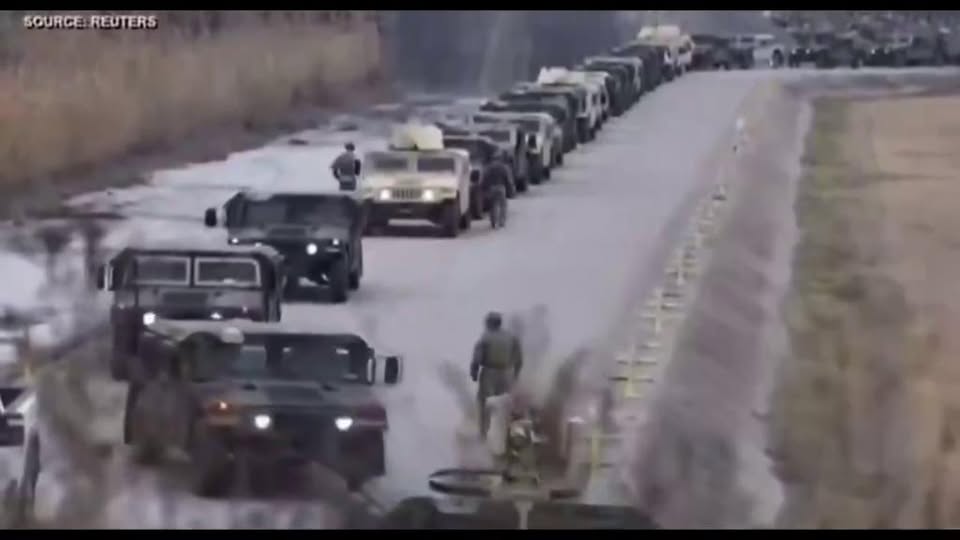
Washington, D.C., April 13, 2025 – President Donald Trump has escalated his immigration crackdown by authorizing the U.S. military to take control of federal land along the southern border, effectively turning the area into a military zone. The directive, issued on April 11 via a memorandum titled “Military Mission for Sealing the Southern Border of the United States and Repelling Invasions,” transfers jurisdiction of the Roosevelt Reservation—a 60-foot-wide strip spanning California, Arizona, and New Mexico—to the Department of Defense (DoD).
The move allows the military to treat this land as a “military installation,” empowering troops to detain migrants for trespassing until Border Patrol agents can take custody. The memorandum, sent to the Secretaries of Defense, Interior, Agriculture, and Homeland Security, permits activities like border-barrier construction and the deployment of detection equipment. Trump justified the action by claiming the border is “under attack from a variety of threats,” despite recent data showing illegal crossings at a 25-year low, per CBS News. The order excludes federal Indian reservations and includes a 45-day initial phase, after which Defense Secretary Pete Hegseth can expand military control to additional federal lands.
This policy builds on Trump’s January 2025 executive order declaring a national emergency at the southern border and echoes his first-term use of the military for border wall construction. It also aligns with his broader immigration agenda, including recent moves to cancel Social Security numbers for undocumented immigrants and plans for mass deportations. Trump has further requested a report by April 20 from the Departments of Defense and Homeland Security on invoking the Insurrection Act of 1807 to support deportation efforts, raising concerns about potential overreach.
Legal experts question the move’s compliance with the Posse Comitatus Act, which limits the military’s role in domestic law enforcement, though the memorandum specifies that troops will not directly conduct immigration arrests. Public reaction on X is divided—some users hail the militarization as a necessary step for border security, while others call it excessive, citing the low crossing numbers. “This is a solution looking for a problem,” one user wrote, while another praised Trump for “finally securing the border.”
The long-term impact of this militarization remains uncertain, but it marks a significant shift in border enforcement strategy. As Trump approaches the 100-day mark of his second term, this move underscores his commitment to a hardline immigration stance, even as it fuels debate over its necessity and legality in a time of historically low border activity.


